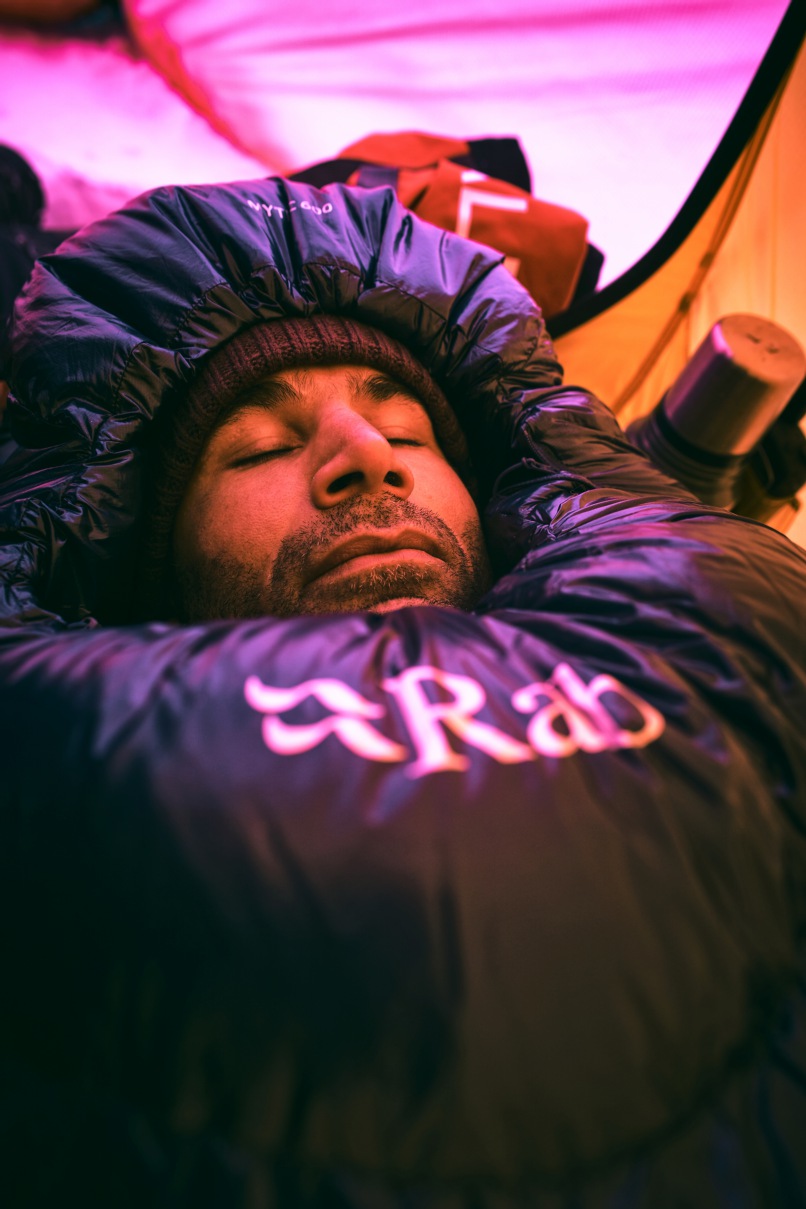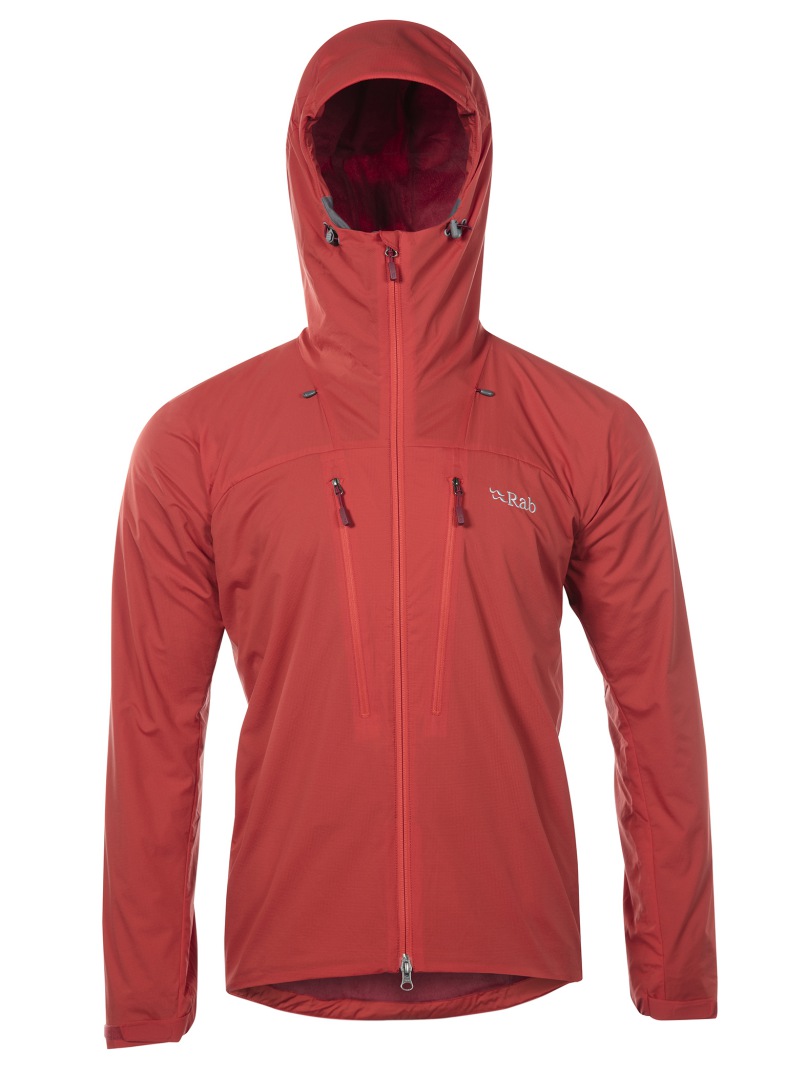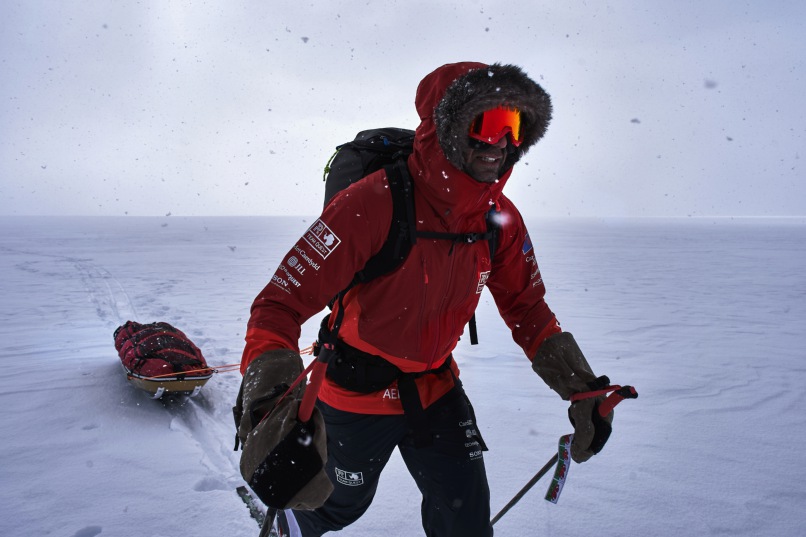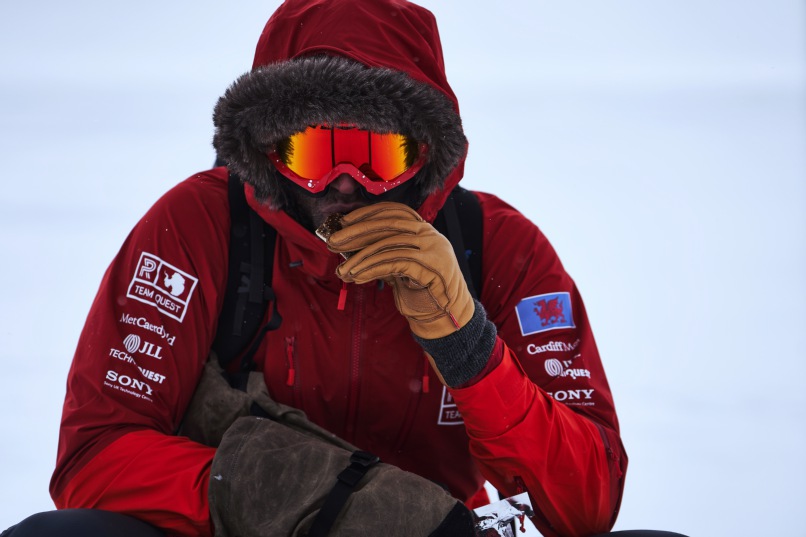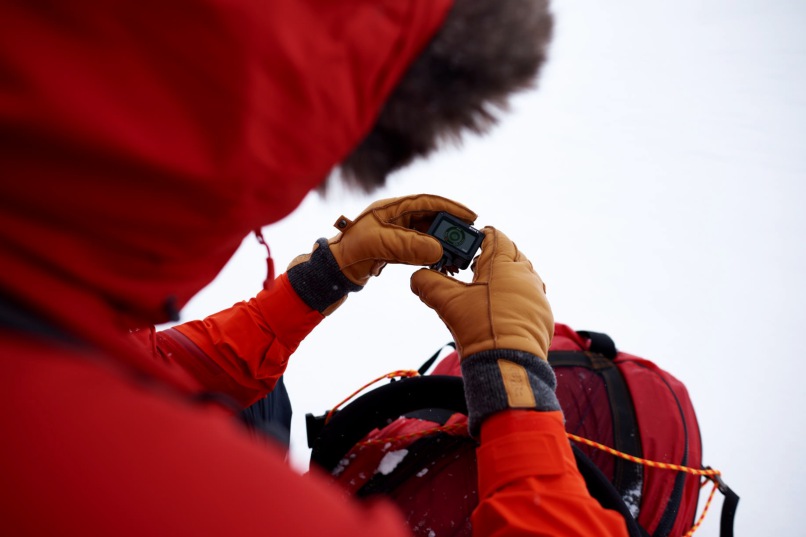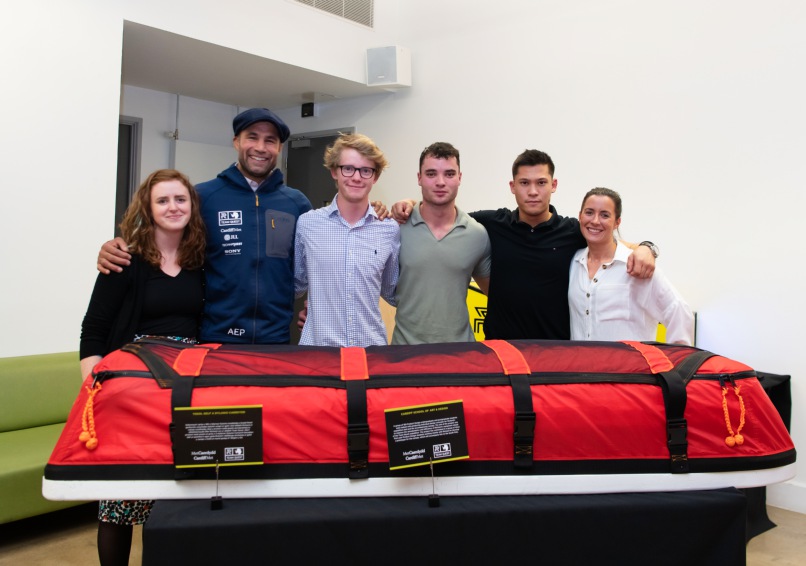Richard's Antarctica kit list
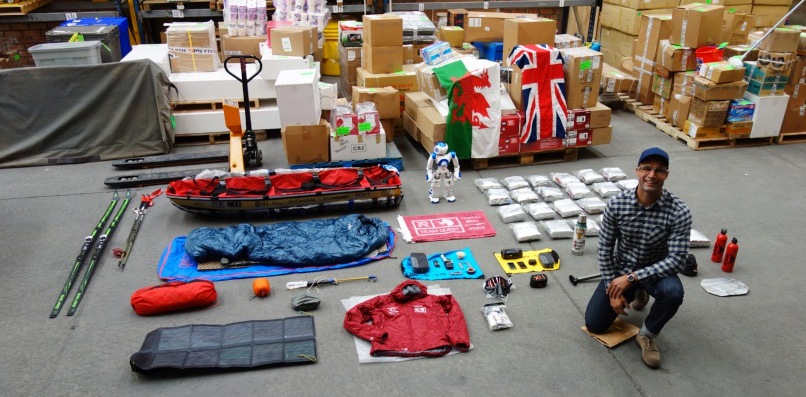
I don’t mind admitting I am a kit geek, I enjoy the detail, but this stuff is critical to my safety in the field.
A really big part of the preparation to this year’s expedition was analysing every equipment decision that I had made in my previous Antarctic expeditions, as reducing my pulk weight was key to moving quickly out there.
It was important to recruit people to the Team Quest project who could challenge my thinking and give a different perspective on some of the challenges that performing at this level in one of the world’s most inhospitable places presents. Like life, we can’t control everything, but I wanted to make decisions that gave myself the best chance of moving quickly and safely.
As always, the attention to detail throughout this project has been intense, but working with the many people behind the Team Quest project has been so much fun. I love being exposed to new ideas and challenged to explore my own thinking. I get so many questions about my kit, so I thought I’d share it with you guys.
SLEEP
My sleeping system is one of the most important parts of my equipment. It’s the only time my body can recover from the long days. It’s got to be effortless too. I’m referring to not having to inflate or deflate, fold or unfold each morning and night.
I use the Rab Polar Bedding bag, there are other brands out there but Rab’s is super light! I pack my Thermarest Z mat and NeoTherm mattress in along with my sleeping bag and they form a system that enables me to simply move one bag from my pulk at the end of the day. I can be in my bag in seconds if needed. The efficiency justifies the minimal weight of the extra bag.
One evolution of my equipment since my last expedition in Antarctica in 2013/14 is my sleeping bag. I used the Rab Mythic 600 this time. It’s super light! At 885g/31oz it’s a big leap in terms of warmth to weight ratio. I love that all of Rab’s sleeping bags are hand-filled in their Derbyshire factory, the guys are super cool, as you can imagine after popping in to see them I find feathers everywhere! Rab also use ethically sourced R.D.S. certified down, which is important to me.
The Rab Mythic 600
I saved about half a kilo from my previous sleeping system, which is a lot. My bag performed brilliantly in Antarctica.
TENT
I used the Hilleberg Nallo 2 tent. I’ve always used Hilleberg tents in Antarctica. The Nallo 2 was lighter than my previous Nammatj but still enough space to be practical, I really liked it.
CLOTHING
Most days I skied in my Vapour-Rise Alpine Jacket. I can use it as a single layer, mid layer or outer later. The wicking/transfer capabilities of the Vapour-Rise top comes into it’s own, this year in Antarctica even the water resistance of the shell was tested! It’s awesome.
The Rab Vapour-Rise Alpine Jacket.
On warmer days, which in Antarctica is anything above -15°c, I would be skiing in just the Vapour-Rise. It’s an incredible piece of kit. Some people might think that it’s not the sexiest bit of clothing that Rab make but for function and performance it’s the first thing on my kit list in Polar Regions.
Sometimes I wore a Merino+ hooded base layer. It’s amazing what you can do with three items of clothing. That’s all I took – no spares, or clean changes! 3 upper body items and 2 lower body items. I had 3 pairs of socks to rotate too.
If conditions dictated – increased wind, humidity or a decrease in temperature - I would use a shell jacket in addition. I was using the Rab Sharp Edge jacket. Rachel and the repair team at Rab modified my Sharp Edge jacket to add a fur ruff to help protect my face, but apart from that it was off the shelf. Another top bit of kit.
The Rab Sharp Edge Jacket.
I wore Rab Latok Salopettes over Bryne merino mesh base layer tights. The cut and freedom of movement of the salopettes is great for a long day’s skiing and protection from the wind.
GLOVES
My Rab Leather work gloves were good around and in the tent.
When I was skiing – I skied in a boil wool mitt and a waxed cotton mitt. The wax cotton mitt was a great find as not many people make these things. It’s from a small outfitter in the US. This system works well because the boiled wool insulates and the wax cotton protects from the wind. As they’re both natural fibres they breathe very effectively together keeping my hands dry.
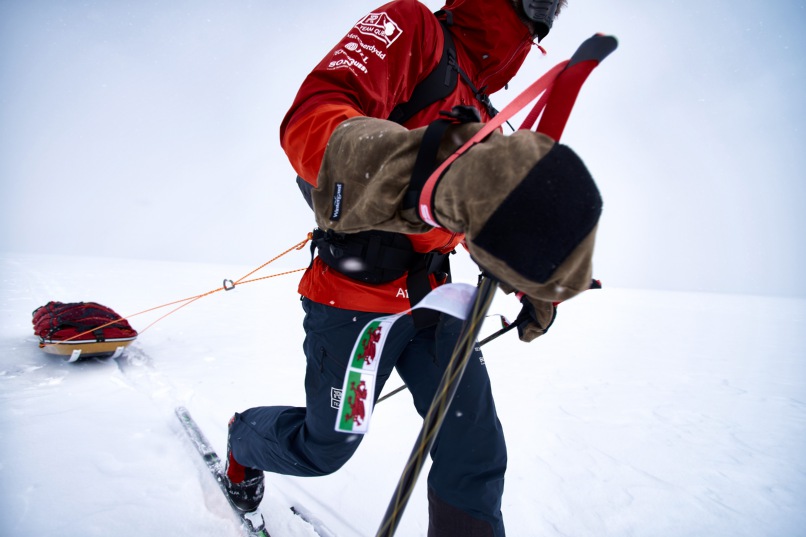
Sometimes if it got really cold, I used an extra woollen layer inside so I had three layers.
FACE
I used a merino Buff on my neck and my face mask was brilliant once again.
It’s the second expedition that I have used the Scott Safari X83 goggle and mask.
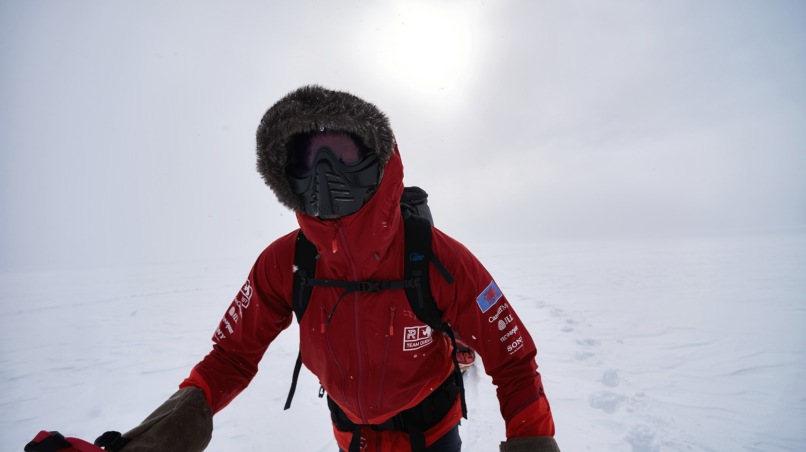
The moisture from my breath simply escapes and what doesn’t forms an icicle, which you just snap off. It’s a brilliant system that avoids the hassle with frozen fabric or masks next to my skin.
SKIS
Once again I used Asnes skis from Norway, I’ve used them in every expedition in Antarctica. This time I used the Asnes mountain race 48 which are very lightweight but strong with a Rottefella BC bindings. I loved them. I was surprised with the floatation of such a narrow racing ski. Compared to the Asnes Combat skis I used in 2014 these saved the best part of a kilo. Awesome!
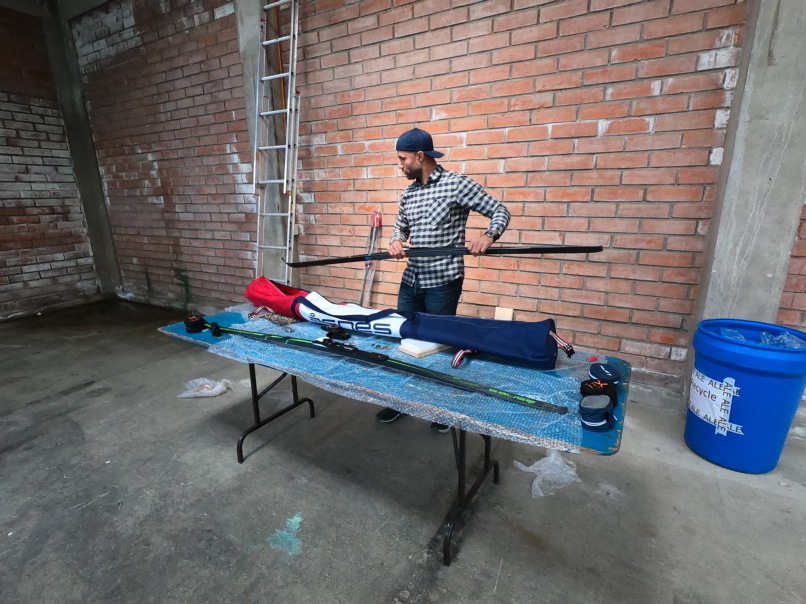
I used Asnes Spitsbergen Carbon poles which are also insanely light and strong. My ski set up was brilliant and it’s been awesome to work with the Asnes team again.
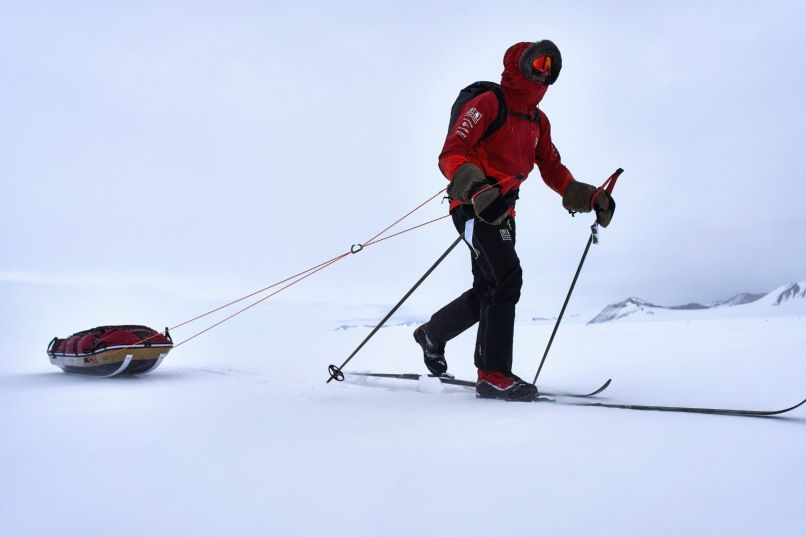
RUCKSACK
I used a Lowe Alpine Ascent superlight 30 rucksack I prefer to pack my emergency equipment (down jacket, primaloft trousers, spare gloves, shelter, phone, flask etc.) on me in case I become separated from my pulk for any reason.
FLASKS
My Stanley insulated flasks had been specially painted by pupils from Mount Stuart Primary School - which is just around the corner from where I live in Cardiff Bay. The flasks made a huge impact to me. Every time I stopped for a drink I wrestled with the inner dialogue, reading ‘Never Give Up’, ‘Believe to Achieve’ ‘Wales’ and ‘Family – Fred, Jo, Lee and Derek’ picked me up every time and was a constant reminder that I was part of something bigger in Team Quest.
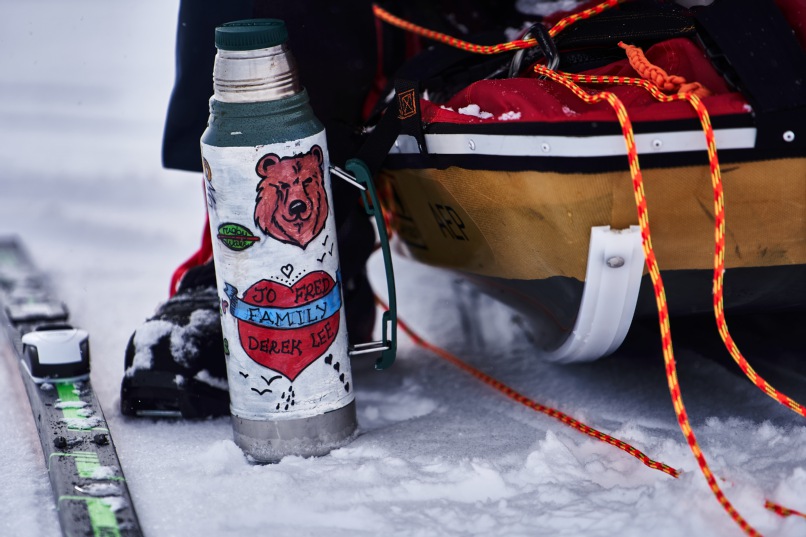
The pupils designed 5 amazing flasks that I took to Antarctica. For weight reasons, I only took 2 on the actual expedition. I can’t over emphasise just how vital reinforced messages like this are when you are really having to dig deep in terrible conditions.
TECH
Tech wise, I really stripped back to save weight on this expedition. I chose not to self-film on the expedition itself, unlike in 2014 when I had commitments to film for my Channel 5 documentary. Every second, every minute had to be towards the goal of being as fast as possible with no distractions.
I did however take my amazing Sony RXO camera to Antarctica. It shoots incredible quality in a tiny package, it’s pretty insane how small and amazing it is and it’s super versatile.
The Sony RXO camera.
My Sony NW-A45 Walkmans were amazing. The first 3 days of the exped were whiteouts and many more followed! Having music (Hi Res music!) made a huge impact in being able to pull 15 to 19 hour days. Battery life was really good and they performed really well in the cold. I love them.
I used a Garmin inReach Explorer + and also had an Iridium Extreme sat phone.
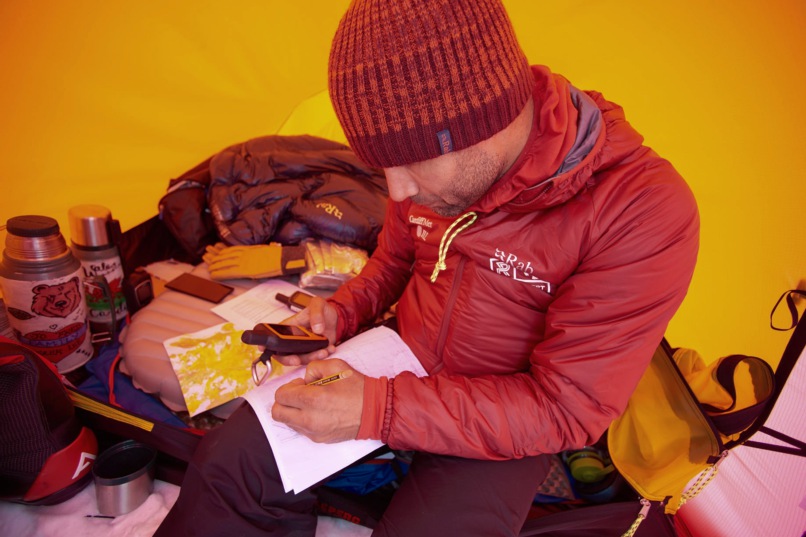
Charging my tech bizarrely, considering it’s 24-hour sunlight, was a bit of an issue as I had so many whiteouts with limited sun to power my solar charging kit. A lot of other expeds had similar problems.
Nao my Cardiff Metropolitan University artificial intelligence robot came to Antarctica as part of my kit. I couldn’t take him on my actual exped because of his weight, but he was a big hit at Union Glacier Base Camp and ironically was waiting for me at the South Pole! So he made the pole even if I didn’t!! No pics though sorry, you’ll just have to take my word for it! We were reunited back at Union Glacier.
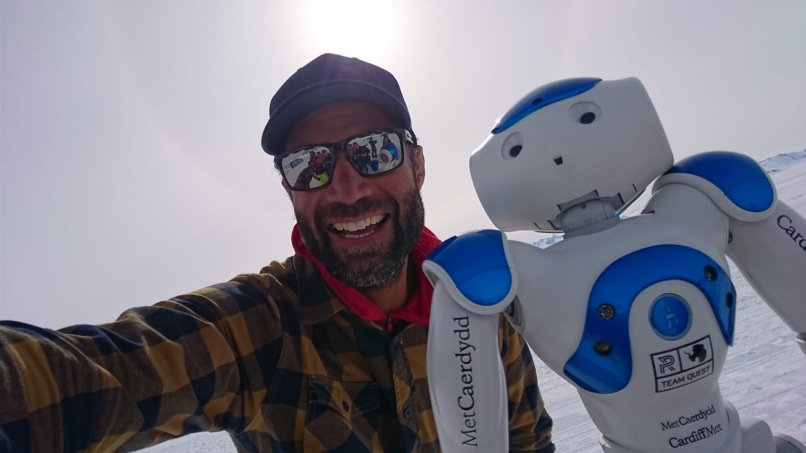
Nao’s real role as part of Team Quest is to inspire kids (and us grown ups!). Once the Cardiff Met students programme him with reflections and dialogue, he’ll be part of Techniquest’s Antarctica Exhibition. His work has only just begun!
LAST BUT NOT LEAST - MY PULK!
As many of you know my sled, or my pulk (the Nordic term for Sled) as it’s more commonly referred to, is the most important item of kit of the expedition.
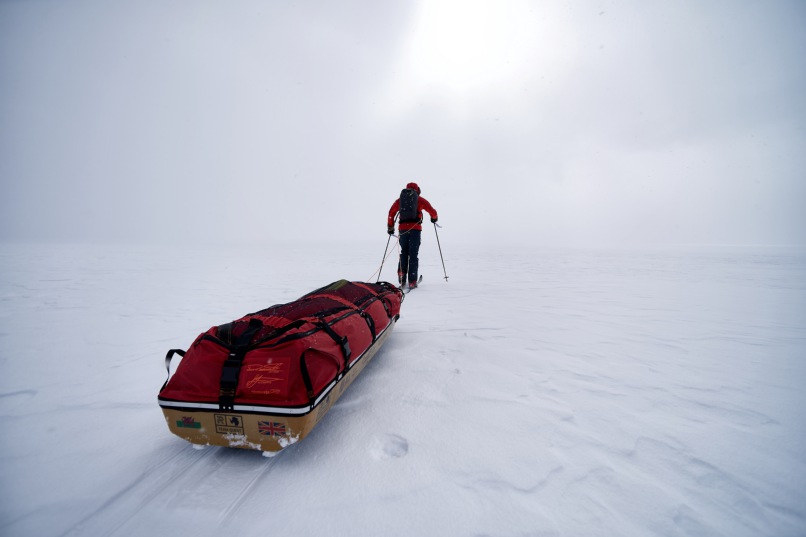
I worked closely with the School of Art and Design at Cardiff Met on improving the already excellent Acapulka design of my pulk. The guys at Cardiff Met were an essential part of Team Quest and made an incredible canopy compression system and modifications which you can read about here on Jonny’s blog:
Read student Jonny Innes’ blog on redesigning Richard’s pulk
The bespoke canopy designed and manufactured by the students was one of the real success stories from my expedition. The design was brilliant, it was much more efficient and something money simply couldn’t buy.
